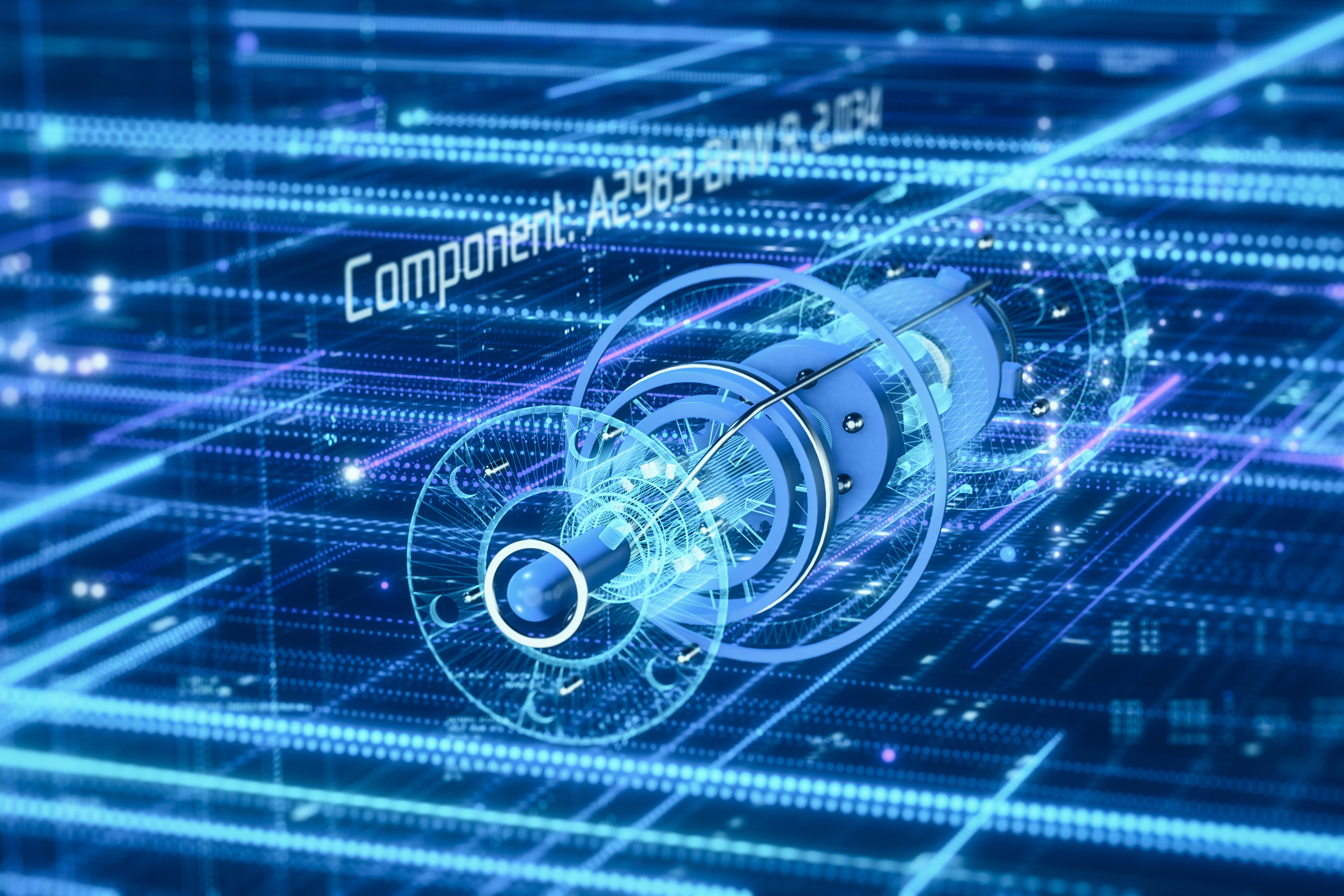What is Robotic Process Automation (RPA)?
Before we dive into RPA 2.0, let’s first explain the concept of Robotic Process Automation. RPA is a set of algorithms that integrate different applications, simplifying mundane, monotonous, and repetitive tasks, such as switching between applications, logging into a system, downloading files, and copying data. These tools work at the graphical user interface (GUI) level, just as humans do, allowing them to perform particular tasks as people would.
Why do companies invest so much money in digital transformation?
Enterprises plan to spend up to $2.3 trillion on digital transformation in 2023. RPA is a hot topic, rapidly becoming popular in industries as diverse as insurance, retail, manufacturing, and telecommunications. However, the technology is especially useful in factory settings, where activities are often repetitive, requiring limited intellectual thought.
The main reasons companies use RPA:
- Increase the efficiency of internal processes
- Improve core business processes
- Increase customer satisfaction
- Increase employee satisfaction and engagement
- Relieve employees from tedious, repetitive tasks
- Reduce human error
- Reduce process execution costs
RPA 2.0: The Future of Automation
Artificial Intelligence has reached a stage where algorithms can finally "see," "think," even "improvise." Computer programs no longer have to just "follow the rules" or repeat the same repetitive tasks. Robots can become smart; they can even make decisions for humans. From a technical standpoint, you now don’t have to program tools to perform tasks. Simply allow the software to run in the background, analyze a job, and learn how to make the right decisions.
How DLabs.AI used Robotic Process Automation 2.0
One example of RPA 2.0 in action is from a project we completed here at DLabs.AI. A client built a platform that identifies and classifies tax documents and then reconciles them as part of the accounting process. To reduce the workload, we developed a platform that automates the invoice reconciliation process, removing the manual effort involved in invoice classification and helping accounting departments better track costs.
Conclusion
RPA 2.0 allows companies to achieve business continuity. Whether you’re facing crises like COVID-19 or everyday challenges such as staff shortages, automated machines can work continuously, yet still handle system and process changes.
FAQs
- What is RPA?
RPA is a set of algorithms that integrate different applications, simplifying mundane, monotonous, and repetitive tasks. - What is RPA 2.0?
RPA 2.0 is the next generation of RPA, where algorithms can "see," "think," even "improvise," making decisions for humans. - Why do companies invest in digital transformation?
Companies invest in digital transformation to increase efficiency, improve core business processes, and reduce costs. - What are the main reasons companies use RPA?
Companies use RPA to increase efficiency, improve core business processes, increase customer satisfaction, and relieve employees from tedious tasks.











